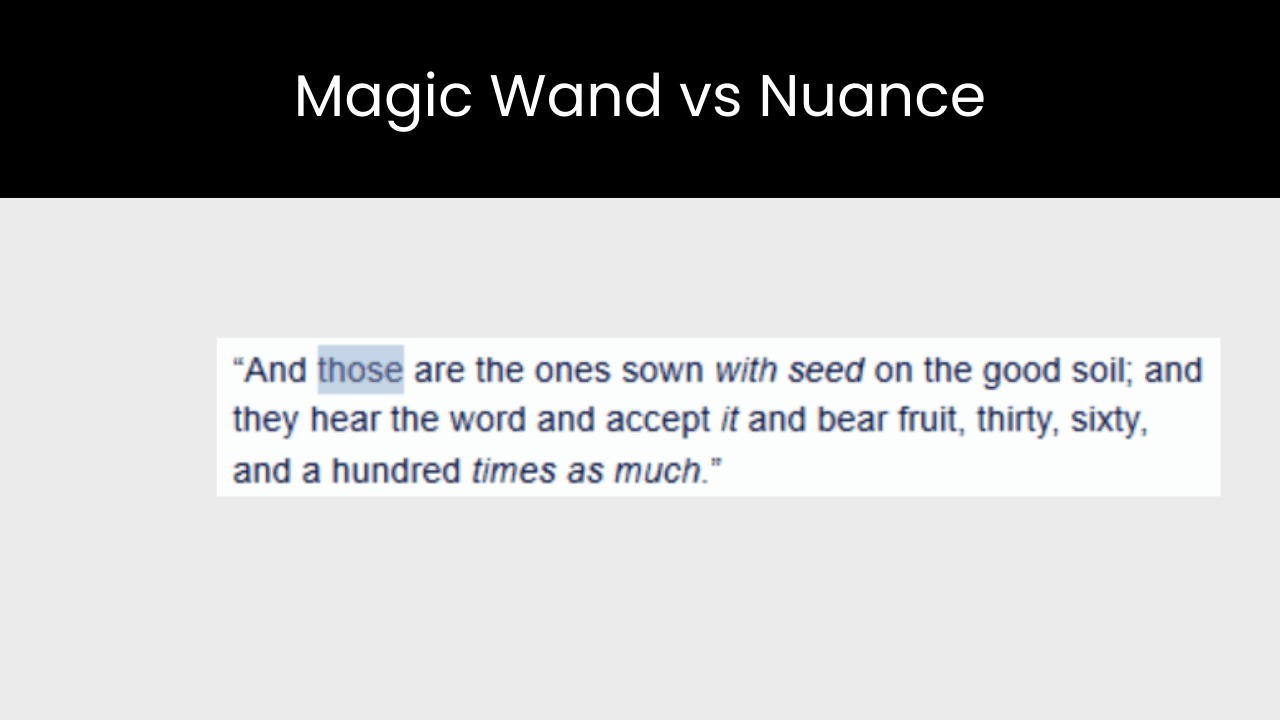Episode
240
Is the King James Version God’s Only Preserved Word?
November 7, 2024
Is the King James Version God’s Only Preserved Word?
Some claim that there are variations in the manuscripts that our English Bibles are translated from, and therefore this proves the Bible is false. Others say that the King James Version is the only true Bible. How should we think about these issues? What is a proper understanding of textual variants, and is the KJV a good translation? David Bercot presents a framework for how to think about these issues, and explores the history of some of the texts that English Bible translations are based on.
The reference mentioned that is translated with word or work – Romans 9:28.
Episode Guest Info
David Bercot
David Bercot earned his doctor of jurisprudence degree from Baylor University School of Law and his Bachelor of Arts degree from Stephen F. Austin State University. He presently operates Scroll Publishing Company for the purpose of publishing resources that concern the pre-nicene Christian church.
Read MoreEpisode Host
Reagan Schrock
Reagan is a member of Wellspring Mennonite Church and lives with his wife Patricia in southeast Tennessee. Reagan, along with Jaran, started Anabaptist Perspectives in 2017, and serves in leadership in the organization, in addition to being deeply involved in overseas missions work.
Read MoreRelated Content
Marlin Sommers
1 year ago
Thanks Josh, yeah, it seems to me that the “scare factor” comes from not having a sense of scope and proportion.
Leave a Reply
“Using digital media to encourage allegiance to Jesus’ sacrificial kingdom.”








Joshmiller
1 year ago
Couple comments I had on this episode: 1. Bart Ehrman has an agenda of destroying Christians’ faith. In one of his books (I think Misquoting Jesus) he points out that there are tens of thousands of textual variants in the New Testament, more variants than manuscripts. Not until a hundred pages later does he admit that the majority of these differences can’t even be translated into English. 2. The text referred to as the “Majority Text” is in fact the Byzantine textform, by far the most common. It’s important to note, the Byzantine Greek New Testament edited by Robinson and Pierpont does not simply count noses and go with the most common reading. Special preference is given to earlier manuscripts. This approach does result in the most common reading usually being preferred, but it is also a critical text. 3. Most of the Greek manuscripts we have are only portions of the New Testament or of one of the books. I don’t know the exact number of how many complete manuscripts we have, but there are not very many.